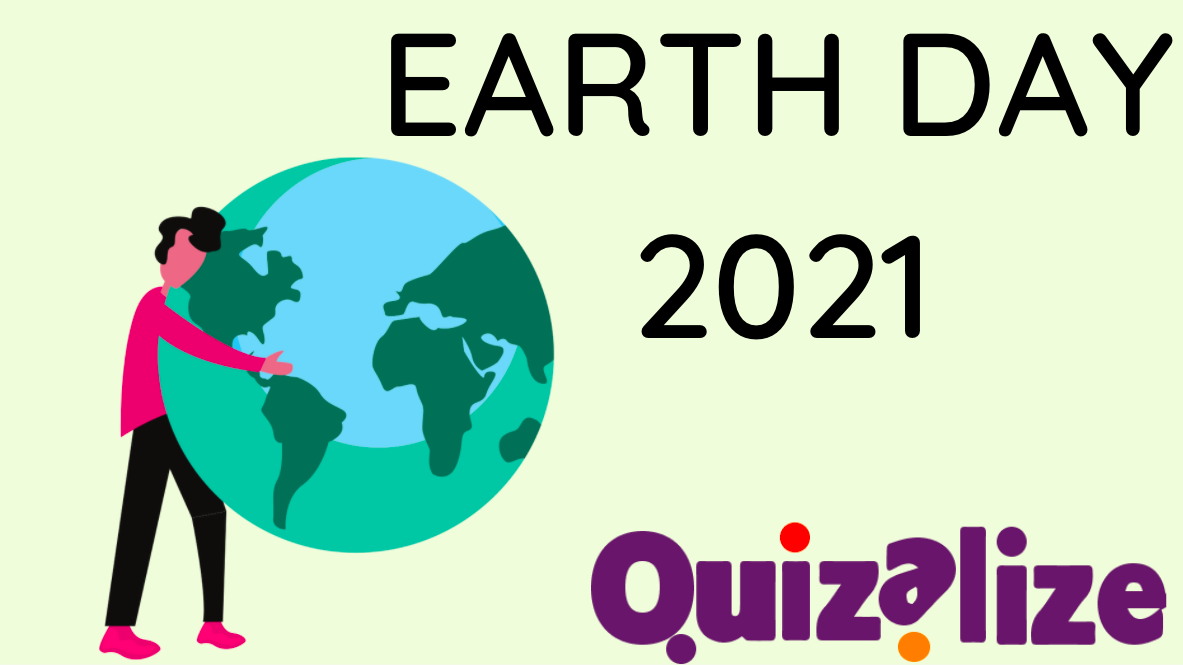The theme for Earth Day 2021 is “Restore Our Earth”. It is an opportunity to explore innovative ways of taking care of our planet, including new green technologies and creative ways of thinking.
Here are 6 ways that you can include environmental education into the classroom this month.
1. Climate Quizzes
Kick off celebrations with a quiz to test their knowledge of Earth Day, and the state of climate change in 2021.
Assign one of our follow-up resources after the quiz to make a personal learning journey for your students. This means students can brush up on their knowledge if they didn’t get full marks, or enjoy some further reading if they did.
Perfect for refreshing students of all age groups on some of the key reasons we celebrate Earth Day, and the actions we can take to lower our impact on the environment.
Suitable for high school students, with some more challenging questions on where we stand on climate change today, and what governments and international organisations are doing to make a change.

2. Maths
Calculating your own environmental impact is a great way to make students understand the tangible impacts of their behaviour on the environment, whilst also reinforcing mathematical concepts and research methods.
- Waste audit – challenge your students to calculate how much trash their household generates in a day, week or month.
- Ask students to calculate their carbon footprint, and measure how much they could reduce their emissions if they changed their lifestyle, e.g., changing their usual mode of transport or switching up their diet.
3. Business
- Ask students to choose a local business and research its energy use. Businesses consume huge amounts of energy, which increases corporate expenses and impacts the environment. Challenge your students to think about how reducing energy consumption could help a business save money and the planet.
- Get creative, and have students design a new product which could help the environment. This could be as simple as redesigning packaging so that the product is lighter and easier to transport, lowering carbon emissions, or introducing recyclable or reused materials. Students can pitch their ideas to the class and win investment (or stickers!) from their classmates.
4. Science
Scientists play a crucial role in researching the causes and effects of climate change. There are a huge number of ways that you can encourage the next generation of climate scientists by incorporating sustainability themes into biology, physics, chemistry and earth sciences.
Here are just a few:
- Measure the amount of energy their household lightbulbs use, and use this to kickstart a conversation about how they can reduce their energy consumption at home.
- Plant a tree (or grow a seed at home).
- Analyse water cycle processes – have students draw a map of their local area and identify which human activities might affect things like surface runoff and drainage.

5. History
Have students interview someone from a different generation and research how attitudes to waste have changed. They might be surprised to hear that ‘reduce, reuse, recycle’ is probably something that their grandparents did a lot of, even if they didn’t use the catchphrase!
6. Politics
Thinking about environmental justice in the classroom is a great way to foster political engagement and awareness. Encourage students to put their learning into action and to use their voices to make a change for the better!
- Ask students to write a letter to a local political representative about a topic they care about as a class or as individuals.
- Study a real-world example of a power plant or landfill site, and have students debate the environmental, social, economic and political impacts of that site, exploring the experiences of different stakeholders. Start the conversation by watching this short video on environmental justice.

For more ideas, check out our 2020 Earth Day blog.
Have any creative ideas for celebrating Earth Day in the classroom?
Let us know in the comments below!
